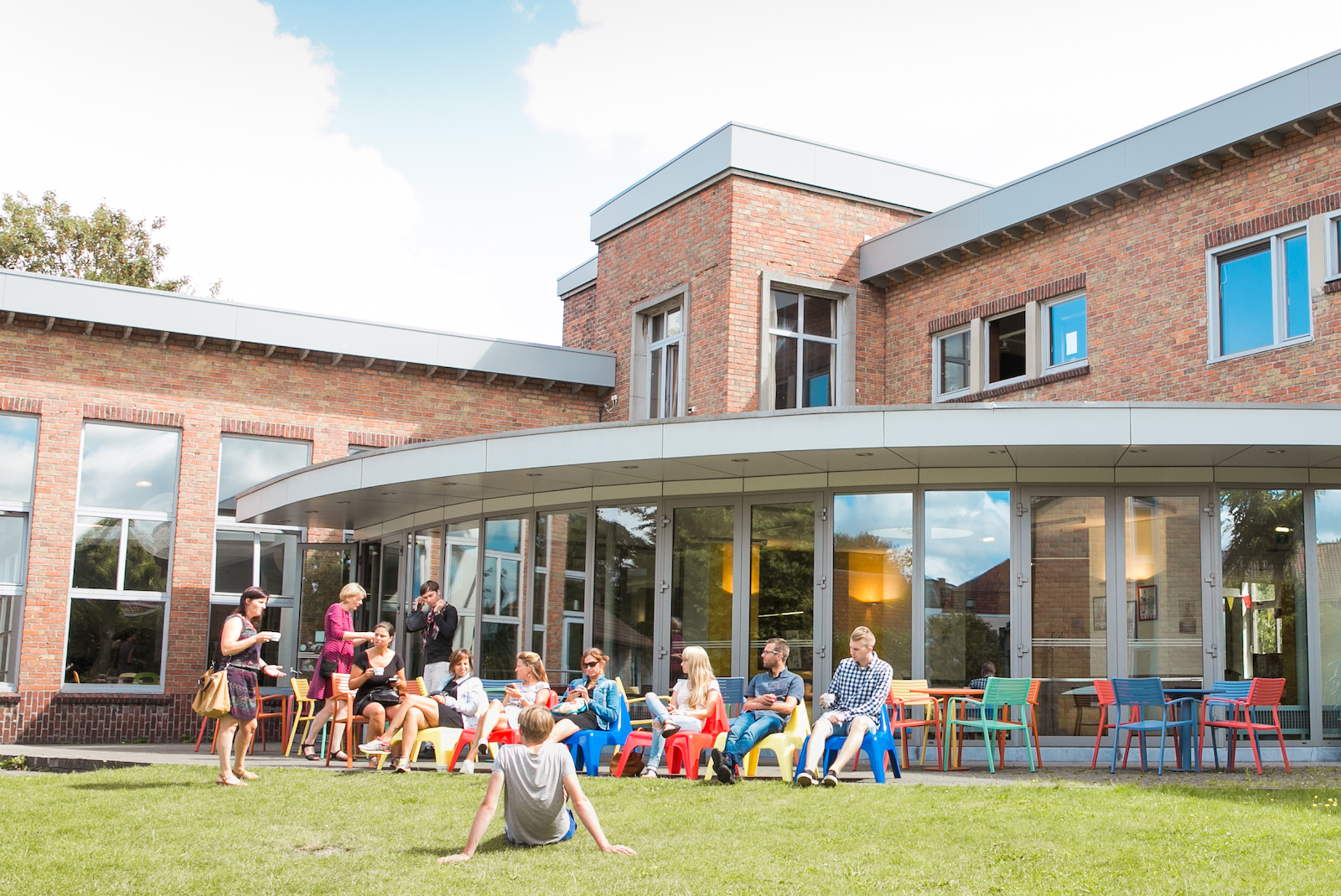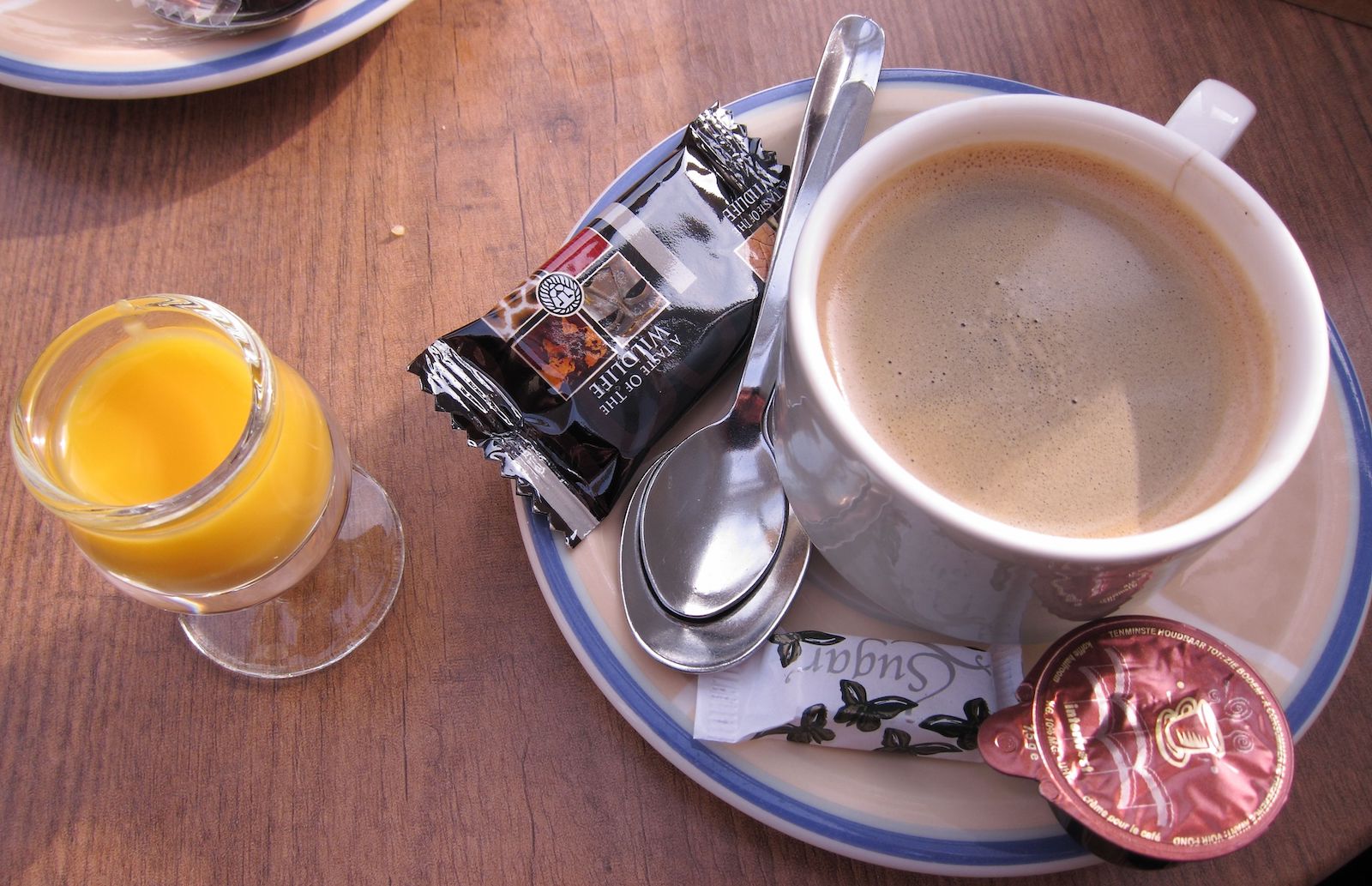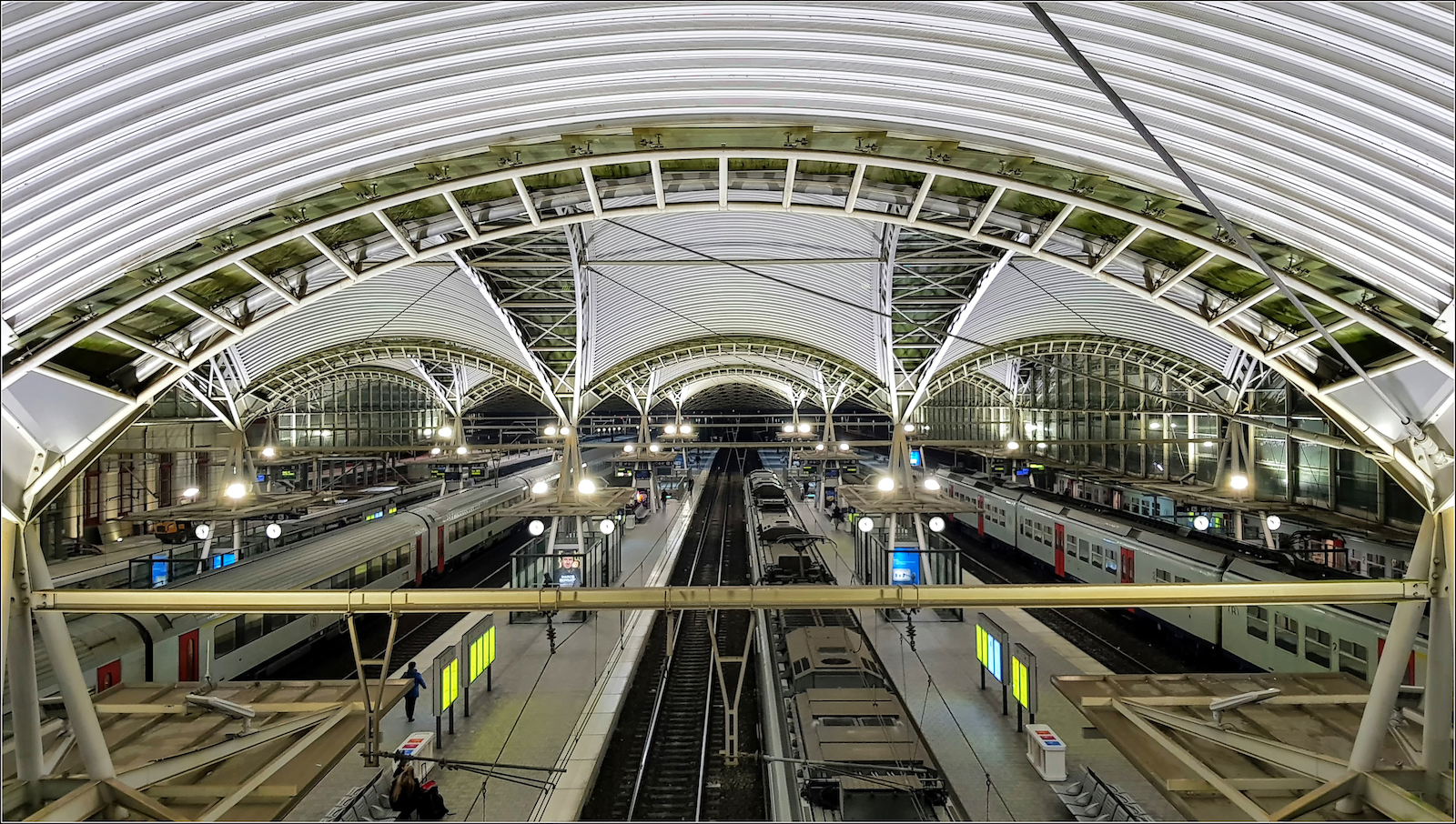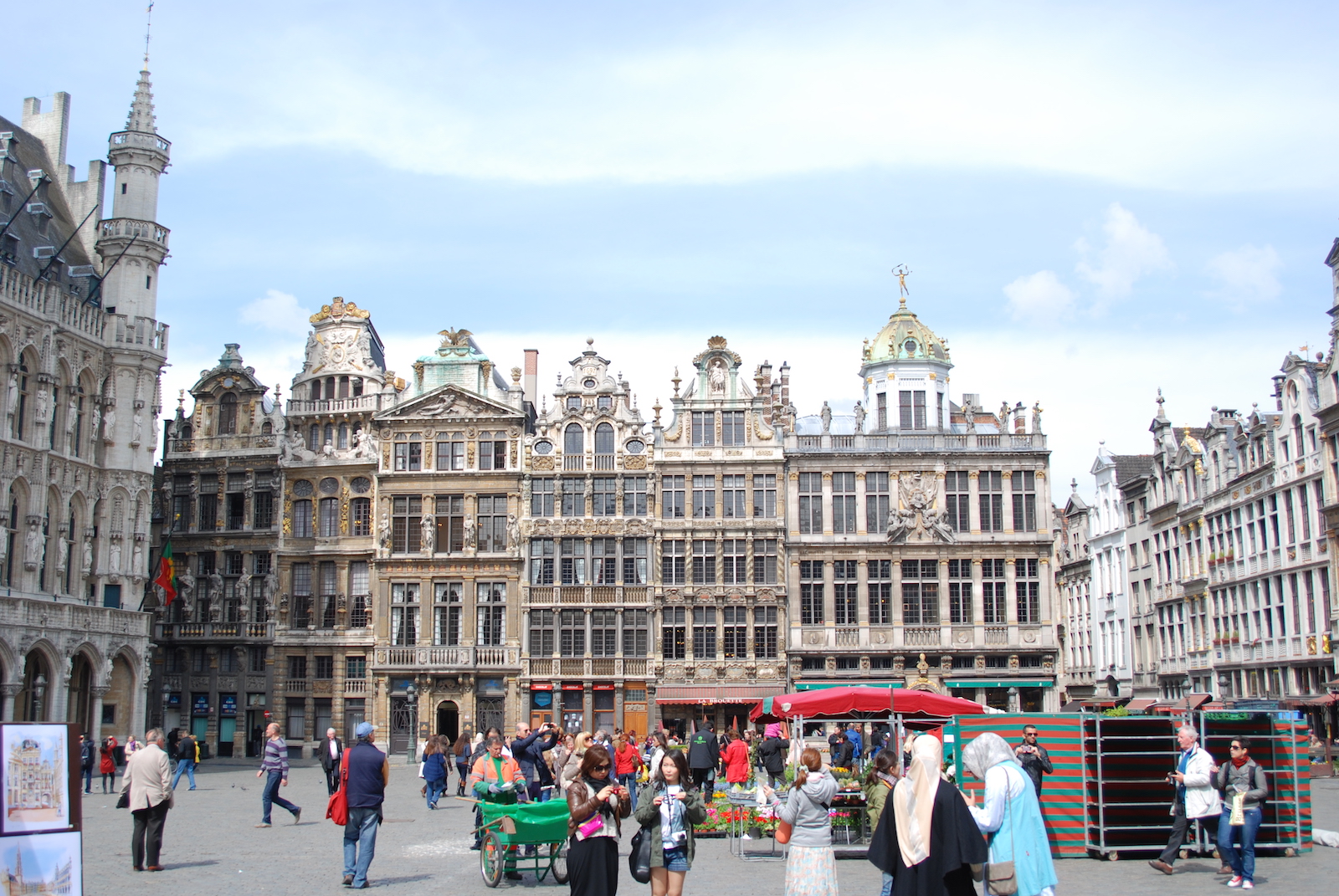Famous for its chocolate, waffles, and beer, Belgium is considered one of the most peaceful nations in the world. While a high quality of life is provided for all of Belgium, it is distinctly and culturally divided to make for a unique travel experience.
The country’s highly developed economy has led it to become very stable and prosperous in its local and international endeavors. The Dutch-speaking region of Belgium is the largest group in the country, and it lies in the west. In the east, there are communities that speak mostly German and to the south, are rural French-speaking towns.
Welkom – Welcome to Belgium!

With so much diversity, visitors can also enjoy skipping around various landscapes. With flattering areas, picturesque canals, and green hillsides, Belgium’s landscapes are true beauties. Pocketed in between the green vegetation are medieval towns, creaking windmills, towering castles, and stone houses.
The country also pays tribute to its past by preserving important sites. There are numerous UNESCO World Heritage Sites, along with the Waterloo Battlefield and World War II memories.
With seats for the European Union and a quirky personality, Brussels is the capital of Belgium. The Old European architecture is on display in places like the Grand Palace, while modern glass dominates the European Union’s headquarters.

The mix of styles only adds more character to Brussels and makes it an exciting place to visit. Brussels’ cultural scene is also heavily devoted to contemporary art and local gastronomy.
With plenty of galleries and studios, art enthusiasts will be captivated while exploring Belgium. For travelers with a craving for food, Belgium gladly opens its doors to an array of culinary delights.
- Culture and Language
- Spending Budget
- How to Get Around
- Top Cities to Visit
- Points of Interest
Culture and Language

Belgium History
While Belgium’s strongest stereotypes tend to center around Bruges, waffles, beer, and fries, the country has an intriguing history. The Belgae tribes were the first people in Belgium, though their true origin is unknown.
While they were often considered to be a part of the Gaul tribes, Julius Caesar noted that when the Roman Empire began to conquer the area, the Belgaes had a very diverse culture, which could be seen in traditions and the spoken language.
Once the Roman Empire’s influence started to cease, it allowed Belgium to further diversify with French, Dutch, and Spanish culture. Belgium didn’t really gain any independence until 1830 when people began to push for the country to become independent.

Even under independence, Belgium has drawn heavy criticism. King Léopold II brutally colonized the Congo, which has been a sensitive topic ever since. The excess rubber in the the country made it a prize for Belgium, however, the treatment of the Congolese by Léopold II was barbaric and horrific.
The novel, Hearts of Darkness was inspired by these events, and it was eventually pushed into Hollywood, where the book inspired Francis Ford Coppola’s famous Apocalypse Now. World War I and World War II were also difficult times for Belgium as they were invaded and at the crossroads of various war fronts.
Belgium came out of the struggles to be a well-balanced nation. Now run by a multi-party system that gives power to the King and Prime Minister, Belgium’s capital has also become an important center for Europe. Brussels holds the seats of the European Commission, European Council, and European Parliament, which are the most important seats for the European Union.

The culture of Belgium is another unique aspect because it’s divided into three regions. As travelers visit each, they should notice the changes in not only the language but also the food and landscape too.
Official Languages
Belgium’s three official languages are Dutch, German, and French. The majority of the country’s 11.59 million citizens (as of 2021) speak Dutch, though there are also significantly sized groups who speak German and French in their specific regions.
However, with Brussel’s influence on Europe and the world, the capital is known to be the most multilingual. In Brussels, you’re most likely going to hear foreign languages spoken, like English.
Spending Budget

While many European countries are very expensive and others are affordable, Belgium tends to sit in the middle. A trip to the country doesn’t have to be excessive, though you’ll need to plan your trip and create a budget if you want to keep your costs on the lower end.
By deciding how you will spend your money before traveling, you can get a better understanding of the overall cost of a trip. The major categories of your spending budget will be airfare, accommodation, food, drink, and transportation.
Airfare
Airfare is often the first concern for many travelers because they want to be able to confirm the dates of their trip and find a good price on the tickets. Being across the Atlantic Ocean, flights from the United States will vary, depending on which city you depart from, and can cost hundreds if not thousands of dollars.
Which class you choose, when you’re visiting, and how early book your flight will change the overall price of your ticket. Travelers will also notice that the price of flights to Belgium fluctuates throughout the year.

The most expensive time to visit Belgium will be during the high tourist season. The vast majority of tourists visit Belgium in the summer months of July and August. This is when the crowds will be bigger, and most hotels will be booked.
Winter is the tourist off-season, which is the least expensive time to visit. If you want to see Belgium in its prime and still save money, you may want to consider visiting in the shoulder season. This would be the few weeks before or after July and August.
Accommodations
Once you have decided on the dates of when you want to visit Belgium, you will want to look at booking your accommodation. By booking in advance, you can save money and be guaranteed a place to stay. This is essential during the high tourist season when accommodation quickly sells out or is booked in advance.

Hostels, hotels, and Airbnb are some of the most popular accommodation options for travelers visiting Belgium. Hostel dorm rooms are the most affordable choice, while a private room will be a bit more expensive. A big difference between Belgium’s hostels and other countries is that many include a basic breakfast.
Budget hotels have prices that are often the same as a private room in a hostel, and you get a more personal setting. Additionally, they may also have different amenities from hostels, including free Wi-Fi.
Luxury hotels will cost a lot more per night but often come with top-notch features and decor. If you choose to book this option, be prepared to increase your budget but a substantial amount.

Airbnb is another diverse accommodation option that is great for single or group travelers. There are plenty of options, from shared or private rooms to entirely private apartments and homes. Shared rooms are the most affordable, followed by a private room. You can also choose to book an apartment if you would prefer to have all the space to yourself.
Belgian Food
While your accommodation is an important part of your trip, you probably aren’t expecting to spend a lot of time in your room. A part of visiting Belgium is getting out and exploring the country, which includes tasting the local cuisine. Belgium is most famous for its waffles, chocolate, fries, and beer.
Belgium’s cuisine has been greatly influenced by the Netherlands, Germany, and France. The quality of food is high, and it often rivaled that of France’s local cuisine. While Belgian has a strong influence from its European neighbors, there are still a few national and traditional dishes that are unique to the country.

Moules-frites is once such and is served all throughout the country in its cafes and restaurants. The dish is mussels with fries, which are eaten as both an appetizer and a main course. Another national dish, though not officially named Belgian’s most famous treat, is fries. Fries here are never given the “French” title, and there is still a lot of debate as to where they were actually invented.
While France may take the name, many people consider Belgium’s fries to be pure perfection. The key to Belgian fries is that they are fried twice for a soft interior and crisp exterior. There are fry shops throughout the country, and most of the time, the fries are served with a sauce. There are a lot of different sauces, so you can complete a full taste test or mix and match.
Another dish that is wildly popular in Belgium is meatballs, which can be served with the famous fries or in a Sirop de Liege, a fruit-based syrup. Beef stock is another option, which is called boulet à la liégeoise.

If you’re near the North Sea, you may want to try the Grey shrimp croquettes. These deep-fried delicacies are creamy and delicious morsels that are served as snacks or appetizers.
Finally, for the sweeter flavors, Belgium’s name is most well associated with chocolate and waffles. Chocolate has been a major part of Belgium’s identity, and it is turned into pralines, bars, and truffles. Most chocolate is considered to be Belgian if it was made in the country. However, the ingredients are outsourced from all over the world.
Waffles in Belgium are a major part of the local cuisine, and the country has perfected two different types of waffles. In Brussels, the waffles are rectangular shaped and have a flaky texture. They are often topped with Belgian chocolate and fruit or cream.

The Liège waffles are a lot denser than the Brussels variety, and they are first infused with sugar, which then crystallizes when it is baked. Either waffle is tasty, and you should be able to find both varieties on your travels.
Dining Out
While the food is truly a delight and major comfort for travelers, it’s important to know the costs of eating out in Belgium. Inexpensive meals will cost a fair amount in establishments like fast-food restaurants or small cafes. A local restaurant with sit-down dining costs more.
Belgium has plenty of fine dining options too, and you should expect to pay a much higher price for these meals. Finally smaller snack foods will be the least expensive and ideal for when you need just a bit to eat.
How to Get Around

The final part of your budget that you’ll need to be prepared for is the cost of transportation. There are a lot of places to visit in Belgium, and you’ll need to plan how to get from city to city or out to the country’s rural towns. Belgium has a reliable transportation system, which fits both the national and local scales.
Trains
Trains and buses provide service around the country and are relatively affordable since Belgium is smaller in size. If you choose a more expensive class, you should expect to pay more.
The lowest class is the most affordable, though most travelers choose to buy second-class tickets for a moderate price. Short train rides will also be affordable, making it a great option for taking in some sites while comfortably sitting.
Buses

Buses are the most affordable way to travel around Belgium, though they can be a lot slower way to travel than trains. For travelers on a strict budget, most bus tickets will be well-priced for a one-way journey.
Local buses are also very popular as public transportation in big cities and are very affordable. You can also purchase multi-day passes, which vary in price depending on how many days it’s valid.
Top Cities to Visit
With plenty of captivating cities, it can be hard to pick and choose which ones to visit while in Belgium. Boasting unique architecture, canals, and historic sites, each location provides you with a different view of the country. To help make deciding a little easier, here if a brief overview of Belgium’s top cities to visit.
Brussels

Brussels is Belgium’s heart and the center of most of its culture. With a powerful influence from the European Union, the city has embraced diversity and international communities. While the architecture of Brussels pays homage to Old European styles, a variety of cultures call this city home.
The Grand Palace is a historic square, which is one of the most visited spots in the city. With plenty to explore, from museums to art, Brussels is also a great place to go to taste the local food.
Bruges

Bruges looks like you’ve stepped out of the pages of a history book with its medieval appearance and architecture. The narrow alleyways offer plenty to explore, and the city quickly becomes packed in the summertime.
With plenty of bars and cafes, Bruges is a great place to explore Belgian beer. Burg Square is at the center of Bruges and close to the Markt square and tower providing panoramic views of the local landscape.
Antwerp

Once bombed in World War II, Antwerp is a historic city that’s been rebuilt. While the streets were once rubble, the stones have been raised again, and this time, it’s made Antwerp a hip and cool place.
All the biggest trendsetters want to go to Antwerp to explore all of the bars, restaurants, and cafes. With a booming nightlife scene, it has a lot to offer.
Ghent

Canals lined with impressive medieval architecture are what make Ghent stand out. The various peaked buildings are a stunning sight and what makes the city so magical. Like something out of Harry Potter, the streets here are often less crowded, which makes Ghent the perfect getaway. With a castle, cathedral, and church, the city has plenty to explore.
Liege

Located in the French-speaking region of Belgium, Liege is an up-and-coming tourist hotspot. Once a place for Belgium’s industrial history, the streets have been modernized and given character with a coat of bright colors.
The peaceful waterside location of Liege also makes it a calm getaway for travelers looking to escape the hordes of tourists.
Points of Interest
The cities are often the most-visited parts of Belgium, but there are also plenty of points of interest to explore too. From World War II sites to Waterloo, you can plan days of activities and still have more to do. Here are the top tourist attractions in Belgium.
Discover the best of Belgium’s thermal springs to add to your itinerary, on our sister site, Top Hot Springs.
Waterloo

Waterloo has been made famous because it’s where Napoleon I was defeated in 1815. While the town of Waterloo is significant, the actual battlefield has been preserved and has become a tourist attraction. With an underground museum that depicts the battle, it’s the place to go for history buffs and military curious travelers.
Caves of Remouchamps

Beneath the Caves of Remouchamps is the world’s longest subterranean river. The site has become more popular after a remodeling put in permanent and artificial lights. Now, the caves can be explored in two parts and by boat. While there isn’t much life in the caves, you are sure to run into a few bats from the local colony.
Bouillon Castle

With dates that age back to the times of the Roman Empire, Bouillon Castle is impressively large. With three different drawbridges, a dungeon, and its own torture chamber, it’s well-defended. Everything inside and part of the castle has been preserved, allowing visitors to truly feel like they’ve stepped into the past.
“Battlefield of Europe”

Belgium may be small, however, there’s still a lot to explore. With significant events in history, it’s also the place to go for people who want to learn more about Europe’s storied past. Belgium has also stepped into the modern age, and this highly developed nation has become an important world leader.
With an often-unknown beauty, the country’s landscape is sure to take your breath away. Don’t let your breath escape you for too long. There’s a lot to explore, taste, and pack into a Belgian vacation.




 10 Top Historical Sites by Tallahassee, Florida
10 Top Historical Sites by Tallahassee, Florida